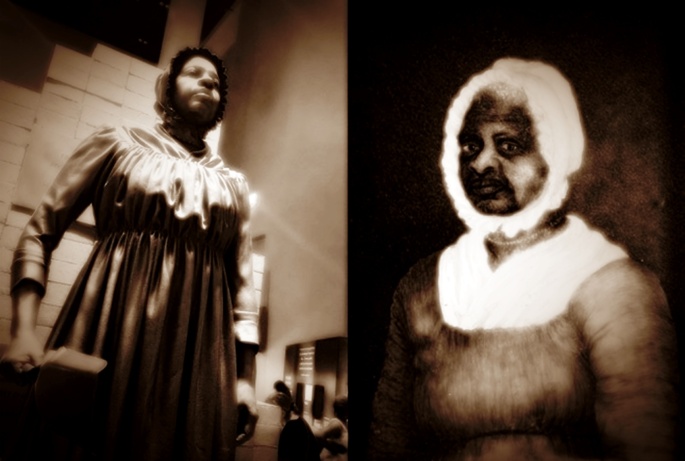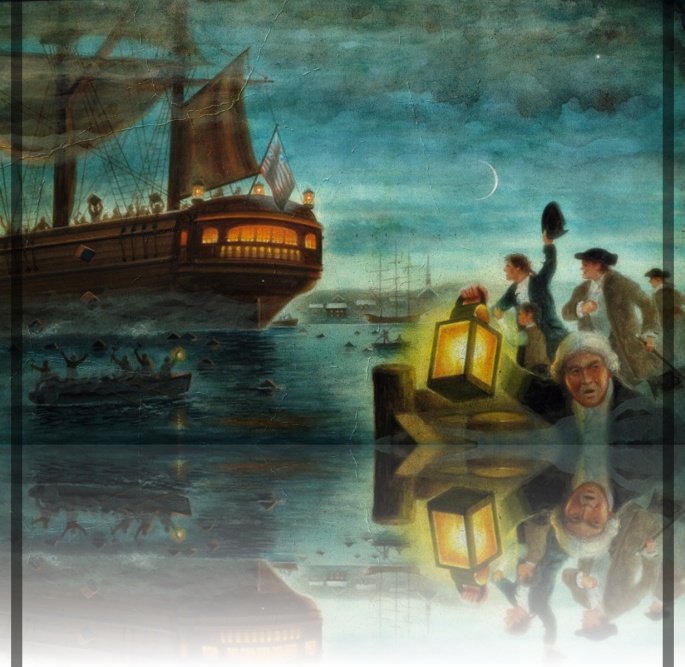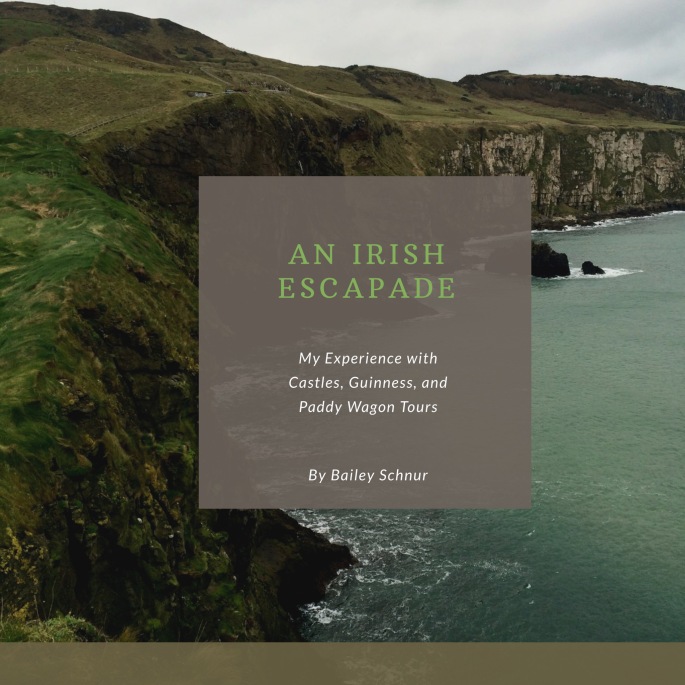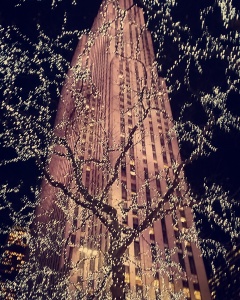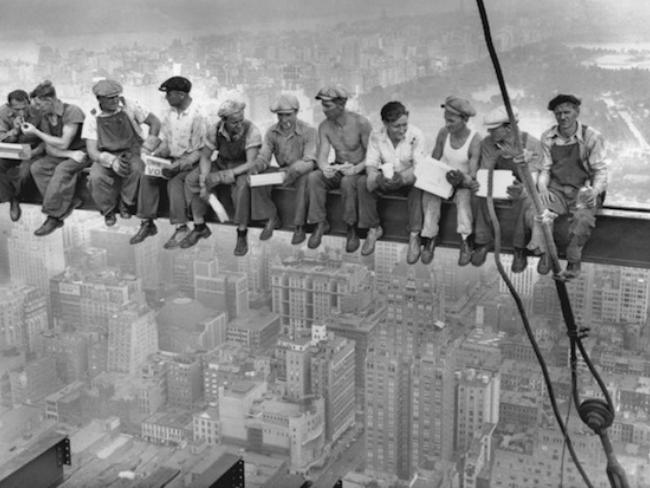The greatest inland water disaster in Britain took place in 1878 with the loss of an estimated 700 lives. Despite over 130 people being rescued, many perished afterwards from the horrific pollution of the river, leading to major changes in practices for waste disposal on the Thames, among improvements to safety on board the country’s waters.

SS Princess Alice, formerly PS Bute, was a passenger paddle steamer that sank on 3 September 1878 after a collision with the collier Bywell Castle on the River Thames. She began her career in Scotland, before being sold to the Woolwich Steampacket Company (later known as the London Steampacket Company) and was renamed Princess Alice after Queen Victoria’s fourth child.
Under the London Steamboat Company she was captained by William RH Grinstead. A passenger steamer, she carried passengers on a stopping service from Swan Pier (near London Bridge) down to Sheerness, Kent, and back. From 1873-78 she gained a reputation as a safe and reliable steamer, passing Board of Trade inspections and being deemed safe to carry up to 936 passengers. Some of her famous passengers included Naser al-Din Shah Qajar, the Shah of Persia, after which she became known to many locals as “The Shah’s boat”.
Collision
3 September 1878, Princess Alice was travelling in the dark when she collided with the Bywell Castle, breaking into three parts and sinking within four minutes, bringing hundreds of her passengers down with her.
The journey had been billed as a “Moonlight Trip” owing to the time of day. Some of her stops included Rosherville, where passengers often alighted to visit the Rosherville Pleasure Gardens. Departing Rosherville at about 6.30pm on her return to Swan Pier, Princess Alice was believed to be at almost full capacity (without any records or passenger lists, however, this can never be proven).
Between 7:20 pm and 7:40 pm, Princess Alice come within sight of the North Woolwich Pier—where many passengers were to disembark—when Bywell Castle was sighted. Bywell Castle usually carried coal to Africa, but had just been repainted at a dry dock. Travelling down the river, she kept roughly to the middle of the river, except where other craft were in her way.
Around Gallions Reach, Grinstead, travelling up the river against the tide, followed the normal watermen’s practice of seeking the slack water on the south side of the river. He altered the ship’s course, bringing her into the path of Bywell Castle. The captain of Bywell Castle, Dix, tried to manoeuvre his vessel out of a collision course, and ordered the engines to be put in reverse, but it was too late.
Princess Alice was struck, she split in two and sank within four minutes—her boilers separating from the structure as it sank.
Rescue Operation
An immediate rescue operation got underway. The crew of Bywell Castle dropped ropes from their deck for the passengers of Princess Alice to climb; they also threw anything that would float into the water for people to hold. Other crew from Bywell Castle launched their lifeboat and rescued 14 people, and crews from boats moored nearby did the same. Nearby boatmen launched vessels to rescue who they could.
But it was a poisoned chalice. Victorian fashion meant that many of the female passengers couldn’t stay afloat due to their long, heavy dresses; furthermore many of the passengers were unable to swim. In total, about 130 people were rescued, but several died later from ingesting the water.
It was not possible to know exactly how many people were on board, but with 640 bodies recovered, it is understood to be close to the 700 mark. The search continued long after the vessel had gone under – local watermen were hired for £2 a day to search for bodies, with a minimum price of five shillings a day for those they recovered (although this often led to fights over corpses).
One of those bodies recovered was that of Captain Grinstead, but identifying the corpses was no mean feat. The pollution and sewage meant that the bodies were covered in slime and began to decay much quicker than normal. This fact was to lead to some major improvements in the disposal of Victorian London’s waste…
Sewage
Princess Alice sank at the point where London’s sewage pumping stations were. Twice per day, 75 million gallons of raw (untreated) sewage was pumped from nearby stations into the Thames. The water was also polluted by an untreated output from the nearby Beckton Gas Works, and several local gas work. And as if that wasn’t enough, a fire nearby earlier that day meant that oil and petroleum had entered the river.
The water was undoubtedly not fit for human survival.
Inquests
Two inquests were held into the sinking of the Princess Alice, one by the coroner, and another by the Board of Trade.
The coroner concluded that although the Princess Alice was seaworthy at the time of the incident, and within the limits for the number of passengers it should carry. However it concluded that the vessel was no properly manned and did not have adequate life-saving mechanisms on board.
The Board of Trade inquiry decided that the Princess Alice had violated regulations by not passing the Bywell Castle on the port side, and thus the Bywell Castle could not have avoided the collision. Grinstead died in the collision, so the subsequent investigations never established why he made the decisions he did.
Aftermath
In the aftermath of the sinking, changes were made to the release and treatment of sewage, and it was transported to, and released into, the sea. The London Metropolitan Board of Works began to purify sewage, rather than dumping untreated waste into the river. Sludge boats were also commissioned to ship waste for dumping to the North Sea, a practise that continued until 1998.
Additionally, the Marine Police Force—the branch of the Metropolitan Police that had responsibility for policing the Thames—were provided with steam launches, after the rowing boats used up to that point had proved insufficient. The Royal Albert Dock, which opened in 1880, helped to separate heavy goods traffic from smaller boats; this and global adoption of emergency signalling lights on boats both helped avoid future tragedies.
But in a cruel twist of fate, five years after the collision, Bywell Castle sank in the Bay of Biscay with the loss of all 40 crew.
Memorials
23,000 people donated to a sixpennyfund, a memorial Celtic cross was erected in Woolwich Cemetery in May 1880.
In 2008 a National Lottery grant funded the installation of a memorial plaque at Barking Creek to mark the 130th anniversary of the sinking.
READ MORE:
- http://www.thamesdiscovery.org/riverpedia/the-princess-alice-disaster
- https://www.bbc.co.uk/news/uk-england-london-44800309


